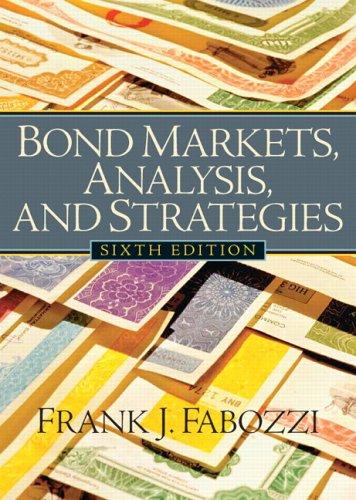Answers is given. please explain step by step! ASAP. thanks

si Consider the following two countries: country A having TACA = 90 ZA- (ZA); and country B having TAC = 200 23-2(23)*. Initial carbon emissions are ZA = 45; and Z8 = 50.2 = 95. The carbon authority decides to reduce emissions by 45 units and it is decided that ZA = 25; and ZB = 25. The total cap Z = 50. 1. Is there an incentive to trade? 2. Which country will sell? Which country will buy? Why? 3. What will be the equilibrium market price of emission permits? 4. How does country A emit? How much does country B emit? 5. What are the gains from carbon trading to country A and country B? (calculate this using a graph as Figure 1). Answers:Ex 1 1. Yes, there is a basis for trade, since MAC, is different from MAC. 2. MACA = 90-22. = 90-50 = $40. A has the lower MAC and will be the seller. MAC = 200 - 42 = 200-100 = $100. B has the higher MAC and will be the buyer. 3. The equilibrium permit price: P=60, while in equilibrium 2 = 15 (A will sell 10 permits) and Z. 35 (B will buy 10 permits). 4. A will emit 15 tonnes (less than its cap of 25) and B will emit 35 tonnes (more than its initial cap); total Z remains capped at 50. 5. For country A: The change in its total abatement costs if it reduces emissions from 25 to 15 tonnes is shown in Figure 1 by areas (ab), Area a = X125 - 15] 1$60-40] = $100. Area b = [(25 - 15) x $ 40] = $ 400. Hence area (a + b) = $ 500. This represents extra abatement costs. But country A sells 10 permits to country Bfor $60 per permit. It receives area (a+b+c) = 10 permits x $60 = $600. Country A's gain from carbon trading equals area c= $ 100. Country B's net gain from trade is (areas (d+e) - area (e)] = area d = X($100- $60) x 10 = $ 200. The combined gains from carbon trading equals areas (c + d) (Ctrl) how? $ 300. si Consider the following two countries: country A having TACA = 90 ZA- (ZA); and country B having TAC = 200 23-2(23)*. Initial carbon emissions are ZA = 45; and Z8 = 50.2 = 95. The carbon authority decides to reduce emissions by 45 units and it is decided that ZA = 25; and ZB = 25. The total cap Z = 50. 1. Is there an incentive to trade? 2. Which country will sell? Which country will buy? Why? 3. What will be the equilibrium market price of emission permits? 4. How does country A emit? How much does country B emit? 5. What are the gains from carbon trading to country A and country B? (calculate this using a graph as Figure 1). Answers:Ex 1 1. Yes, there is a basis for trade, since MAC, is different from MAC. 2. MACA = 90-22. = 90-50 = $40. A has the lower MAC and will be the seller. MAC = 200 - 42 = 200-100 = $100. B has the higher MAC and will be the buyer. 3. The equilibrium permit price: P=60, while in equilibrium 2 = 15 (A will sell 10 permits) and Z. 35 (B will buy 10 permits). 4. A will emit 15 tonnes (less than its cap of 25) and B will emit 35 tonnes (more than its initial cap); total Z remains capped at 50. 5. For country A: The change in its total abatement costs if it reduces emissions from 25 to 15 tonnes is shown in Figure 1 by areas (ab), Area a = X125 - 15] 1$60-40] = $100. Area b = [(25 - 15) x $ 40] = $ 400. Hence area (a + b) = $ 500. This represents extra abatement costs. But country A sells 10 permits to country Bfor $60 per permit. It receives area (a+b+c) = 10 permits x $60 = $600. Country A's gain from carbon trading equals area c= $ 100. Country B's net gain from trade is (areas (d+e) - area (e)] = area d = X($100- $60) x 10 = $ 200. The combined gains from carbon trading equals areas (c + d) (Ctrl) how? $ 300







